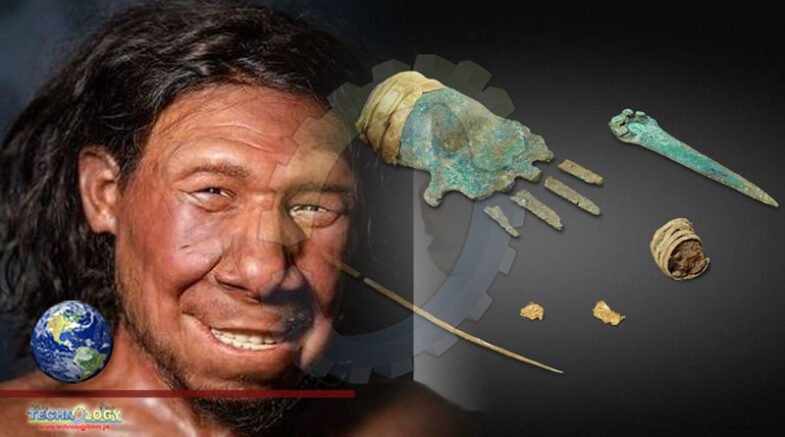The complex toolmaking exhibited 50,000 years ago as archaeologists explored a known Neanderthal habitat in southwestern Germany astounded them.

Archaeologists were astounded by 50,000-year-old ‘sophisticated’ Neanderthal Habitat artefacts.
The complex toolmaking exhibited 50,000 years ago as archaeologists explored a known Neanderthal habitat in southwestern Germany astounded them.
The find was located in the Swabian Jura mountain region, where prehistoric humans flourished during the Middle Paleolithic period. Scientists have discovered a plethora of information about the Neanderthals habitat at Heidenschmiede, a rock shelter near Heidenheim, since the early 1930s. A series of stone cores unearthed from the site has now been analyzed and reassembled by researchers at the University of Tuebingen, revealing how the Neanderthals put a lot of work into their toolmaking process tens of thousands of years ago.
The recovered components would have taken a lot of planning and effort to manufacture, according to a recent study published in the journal PLOS ONE.
The discovery adds to our understanding of the Neanderthals Habitat, portraying them as a more complex and advanced species than previously thought.
Since its discovery in 1928 by amateur archaeologist Hermann Mohn, archaeologists have been researching the Heidenschmiede site.
“Since the emergence of a first publication on the discoveries in 1931, little has happened with this research,” stated Benjamin Schürch of Tuebingen’s Institute of Prehistory and Medieval Archaeology.
“Our work is the first comprehensive investigation since then that examines the numerous findings and classifies them in more depth.”
The site’s bone and stone tools have all been dated to between 50,000 and 42,000 years ago, a period known as the Middle Paleolithic.
“At this time, modern humans of our current species Homo sapiens had not yet arrived in the region,” Mr Schürch continued.
“The Heidenschmiede was inhabited by late Neanderthals Habitat.”
What happened to the Neanderthals to allow Homo Sapiens to rule the earth is unknown.
Our ancestors may have perished as a result of war, disease, climate change, or a mix of the three, according to scientists.
The Neanderthals were clearly not the only prehistoric human species to lose the evolutionary race.
Other species, such as the Denisovans or Homo floresiensis (Flores Man), are currently only known from archaeology.
Neanderthals are thought to have lived in regions of Europe, Asia, and the Middle East between 130,000 and 40,000 years ago.
Archaeologists discovered advanced Neanderthal tools like as blades, scrapers, and even hand axes at Heidenschmiede.
” Some of these tools would have been utilized for hunting as well.
Source Brinkwire News
